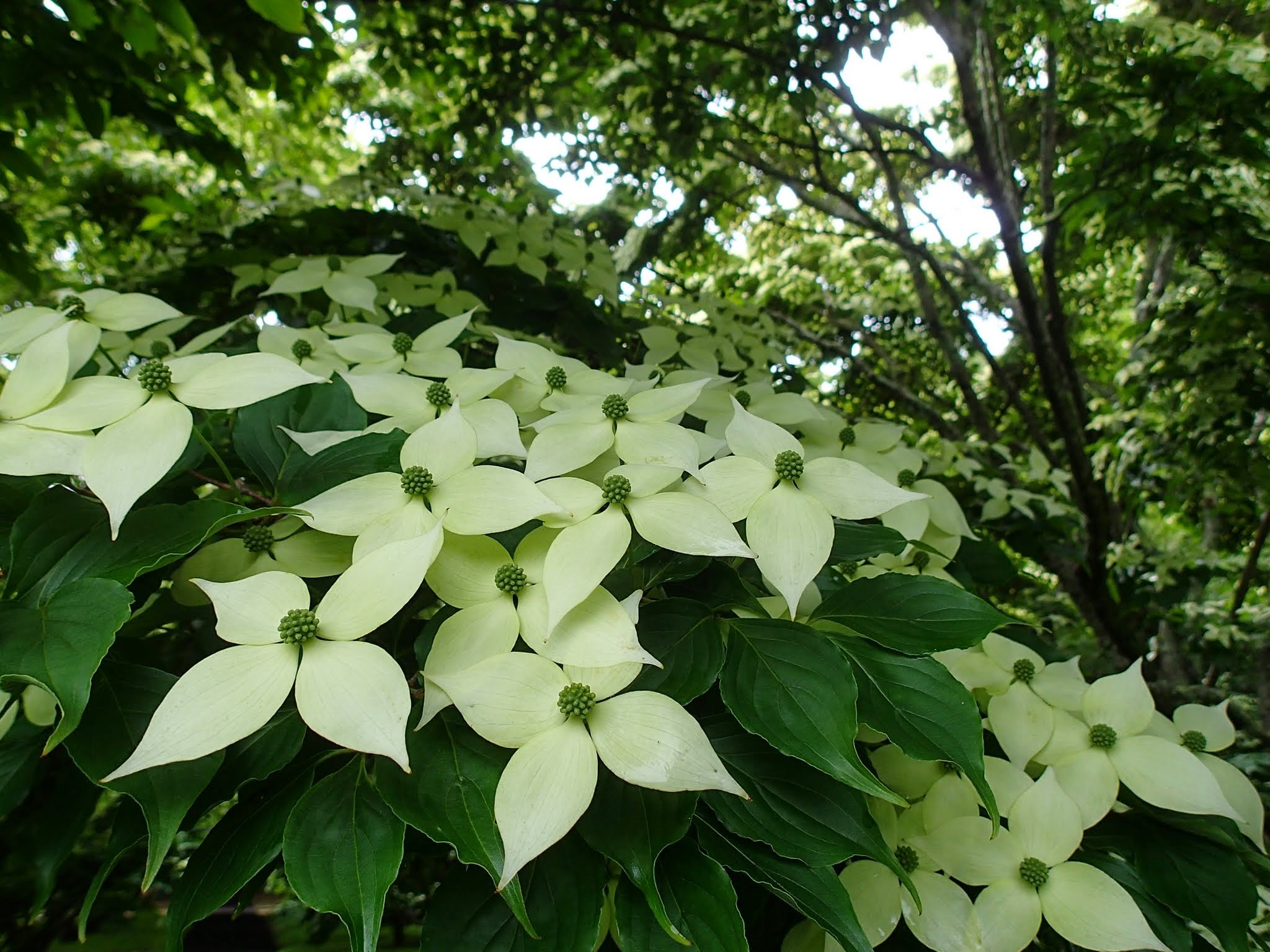New Names for Old Friends?
go.ncsu.edu/readext?928529
en Español / em Português
El inglés es el idioma de control de esta página. En la medida en que haya algún conflicto entre la traducción al inglés y la traducción, el inglés prevalece.
Al hacer clic en el enlace de traducción se activa un servicio de traducción gratuito para convertir la página al español. Al igual que con cualquier traducción por Internet, la conversión no es sensible al contexto y puede que no traduzca el texto en su significado original. NC State Extension no garantiza la exactitud del texto traducido. Por favor, tenga en cuenta que algunas aplicaciones y/o servicios pueden no funcionar como se espera cuando se traducen.
Português
Inglês é o idioma de controle desta página. Na medida que haja algum conflito entre o texto original em Inglês e a tradução, o Inglês prevalece.
Ao clicar no link de tradução, um serviço gratuito de tradução será ativado para converter a página para o Português. Como em qualquer tradução pela internet, a conversão não é sensivel ao contexto e pode não ocorrer a tradução para o significado orginal. O serviço de Extensão da Carolina do Norte (NC State Extension) não garante a exatidão do texto traduzido. Por favor, observe que algumas funções ou serviços podem não funcionar como esperado após a tradução.
English
English is the controlling language of this page. To the extent there is any conflict between the English text and the translation, English controls.
Clicking on the translation link activates a free translation service to convert the page to Spanish. As with any Internet translation, the conversion is not context-sensitive and may not translate the text to its original meaning. NC State Extension does not guarantee the accuracy of the translated text. Please note that some applications and/or services may not function as expected when translated.
Collapse ▲The flowering dogwood, Cornus florida, is the true herald of spring to North Carolinians. You know warm weather is just around the corner as you watch the tight, grey buds unfurl and swell to beautiful creamy white. From a young age, students in North Carolina are taught that the state flower is the dogwood, specifically Cornus florida. What the General Assembly in 1941 didn’t realize with their legislation (Public Laws, 1941, c. 289; G.S. 145-1) is that there were so many more stories to tell!
Wildlife Gardening
Dogwoods are excellent trees for gardeners and land managers who consider the benefits plants have for wildlife. The dogwood flowers are visited by many different species of insect pollinators that gather the nectar and pollen in the Spring. Then, in the fall, the bright red fruits are the favorite food for birds and small mammals. They are commonly used for nesting sites by birds, as well.
Flower Structure
One of the challenges with calling the flower of a Cornus florida a “flower” is that it is actually an inflorescence. This is a botanical term that refers to the structure of a “group of flowers”. One of the other most recognizable inflorescences in our gardens is a Hydrangea. Those mopheads are actually big clusters of flowers! That cluster of yellow in the center of a dogwood inflorescence is where the real flowers are! The white “petals” are technically “bracts”, which botanists define as “leaves that subtend (are underneath) the flowers”. These bracts are brightly white and attract insects in the shade of forests. They also provide a place for insects to land while they visit the flowers. The difference between a petal and a bract can be confusing, but they are generally accomplishing the same goal for plants.
Nativity and Taxonomy
There are approximately six species of Cornus native to North Carolina. All of the other species are from Southern Europe and Asia. Unfortunately for gardeners and others who love dogwoods and the simplicity of calling them “Cornus”, the

Cornus mas is native to Asia and is a close relative to our native Cornus florida. It has also been moved to the genus Benthamidia because of its large white bracts. Unlike the native dogwood, the Kousa dogwood flowers in early summer after the leaves have emerged.
taxonomists have been putting their minds towards teasing out the relationships between the members of this genus. Turns out, our dear flowering dogwood is now classified as Benthamidia florida, the “big-bracted flowering dogwood”. The other five species have been moved to other genera, as well.
For taxonomists, there are two main things that they look at when trying to determine the relationships between different species: how they look (morphology) and their genetics. Horticulturists and gardeners have been enjoying dogwoods in their gardens for hundreds of years, but the botanists were always stumped by why the flowers were so different among species within the same group. This is a red flag for most of them! When you look at all the different inflorescence types in what we used to call Cornus, it makes sense, because there is too much of a difference! The genetics also support changing these names, as well.
At the End of the Day…
At the end of the day, the dogwood is still a part of our North Carolina flora and culture, whether it is Cornus or Bethamidia florida. It is a symbol of spring beauty, pride and grace. Gardeners, botanists and taxonomists can get along, and are all seeking the same thing: a better way to understand the natural world. Understanding a name is a way to understand its relationship to other species. Now when you look at a dogwood, you can understand its significance from a gardening perspective, as well as its form, structure and diversity related to other species!
References:
iNaturalist Page for Cornus florida




